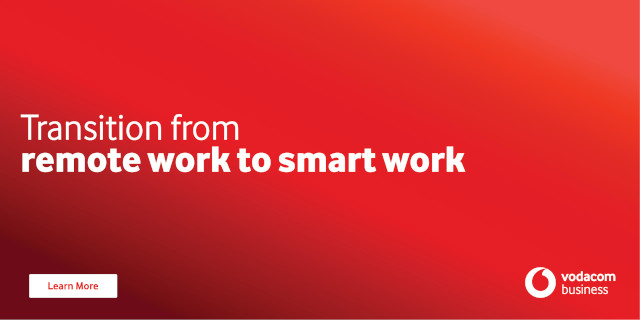Adopting IT Service Management to deliver customer value
By Industry Contributor 28 March 2024 | Categories: news
News sponsored by Vodacom Transformation of Work:
By Muggie van Staden, Managing Director of Obsidian Systems, a Platinum Atlassian Partner
Virtually every business function inside an organisation requires technology to work effectively. The digital ‘glue’ that binds all these once disparate systems is Enterprise Service Management (ESM) which breaks down traditional silos to align the delivery of services with the strategic objectives of the business.
One of the catalysts that sparked the evolution from traditional IT Service Management (ITSM) to ESM has been the need to deliver faster, more personalised, and more seamless experiences to customers. If anything, customer service delivery stands as a cornerstone of success for organisations across all industries and, as businesses strive to meet the ever-changing needs of their customers, the evolution of service management practices has become paramount.
There is now a broader movement towards holistic and integrated service delivery practices, emphasising the importance of delivering seamless experiences to both internal and external customers. Furthermore, by fostering a culture of collaboration and accountability, organisations can ensure that service delivery practices are aligned with business objectives and driven by the needs of the customer.
A modern world
The rise of digital technologies has transformed the way businesses interact with their customers, necessitating a more integrated and customer-centric approach to service delivery. Additionally, the increasing complexity of business operations and the interconnected nature of modern enterprises have highlighted the limitations of traditional siloed service management practices. There is also the growing importance of delivering consistent and personalised experiences across all touchpoints to consider especially when it comes to making a more holistic and cross-functional approach to service delivery available within the business.
This has seen traditional service desk models evolve into integrated service management platforms, enabling organisations to streamline service delivery processes, improve efficiency, and enhance the overall customer experience. Self-service options have become increasingly popular, empowering customers to resolve issues on their terms and reducing the burden on support teams. Additionally, the adoption of automation, artificial intelligence (AI), and data analytics have revolutionised the way organisations deliver support services, enabling faster response times, more personalised interactions, and proactive issue resolution.
A vision of ESM
Fundamentally, ESM aims to create a unified service delivery model that aligns with the strategic objectives of the business. Think of ESM as a way for a company to deliver seamless services and experiences to both internal and external customers. However, it does require a shift towards a customer-centric mindset. Within this context, service delivery is viewed as a strategic differentiator and a key driver of business success.
Of course, the transition to ESM is not without its challenges. Common obstacles include resistance to change, legacy systems and processes, and a lack of alignment between IT and business objectives. Some companies may also struggle to find the right balance between standardisation and flexibility, particularly in highly regulated industries or complex organisational structures.
Business leaders must therefore turn their focus to upskilling and reskilling employees with the skills essential for ESM. Key competencies include strong leadership, effective communication, and a focus on continuous improvement. Organisations must also cultivate a culture of innovation and agility, empowering employees to embrace change and adapt to evolving customer needs.
Trends to consider
A significant trend shaping ESM and customer service delivery in South Africa is the prevalence of load shedding. This poses disruptions to service delivery operations due to intermittent power outages. There are also significant disparities in digital and network access across different regions and socio-economic groups presenting challenges in delivering consistent and equitable service experiences to all customers.
Socio-economic differences further compound these challenges, affecting access to technology and digital literacy levels among the population. To address these issues, organisations must adopt innovative solutions that prioritise resilience, such as investing in alternative power sources and optimising digital service delivery channels to accommodate varying levels of digital access.
However, the evolution of customer service delivery strategies represents a strategic imperative for organisations seeking to thrive in today's digital economy. By embracing ESM principles and integrating modern service management practices, organisations can deliver faster, more personalised, and more seamless experiences to their customers, driving sustainable growth and competitive advantage in the South African landscape and beyond.
Most Read Articles

Have Your Say
What new tech or developments are you most anticipating this year?




